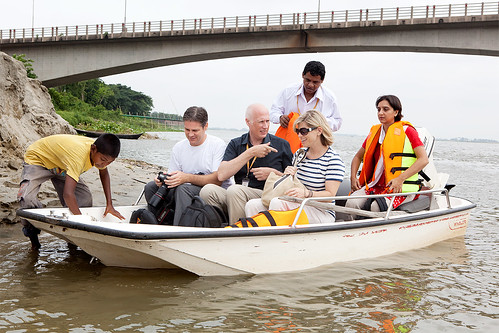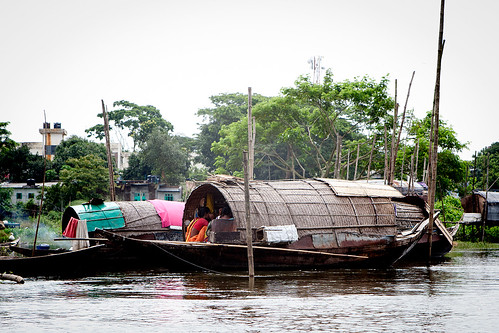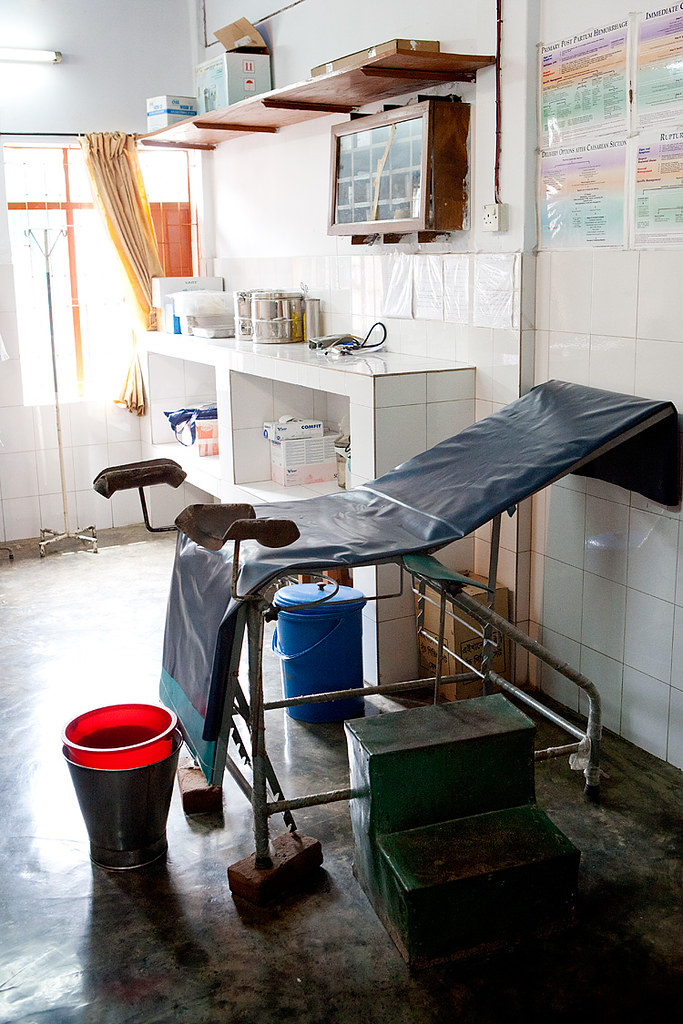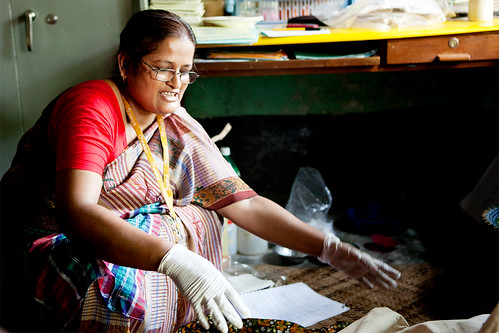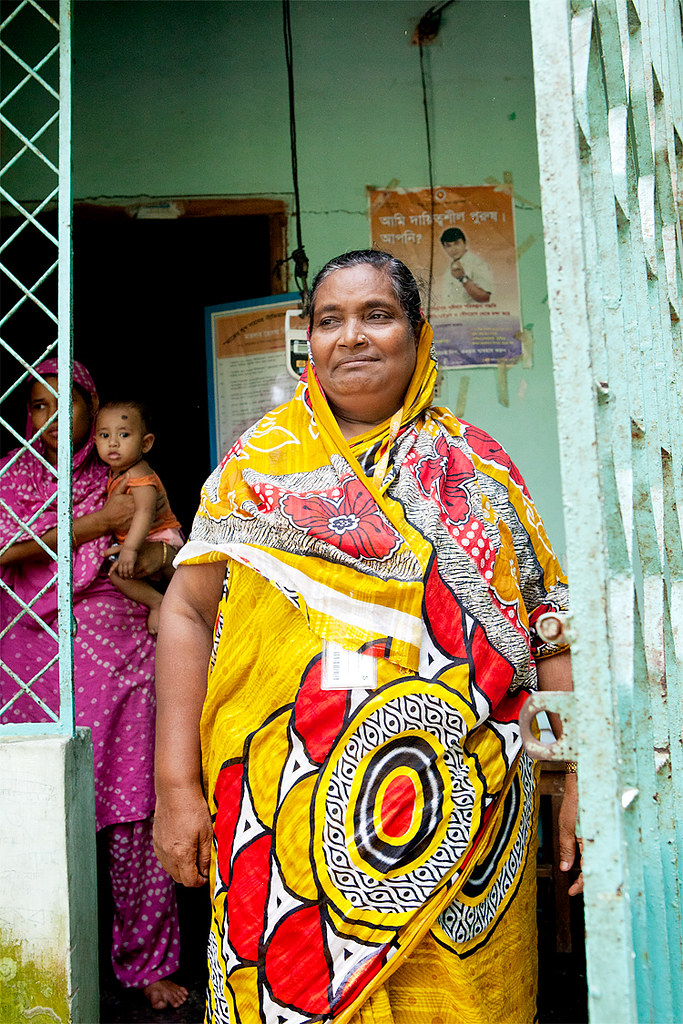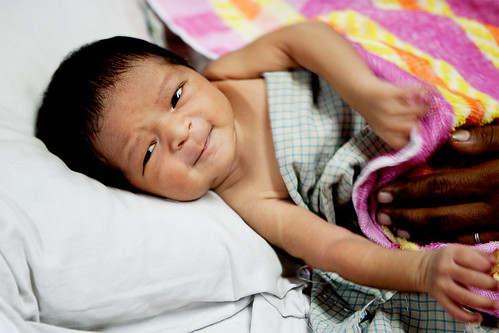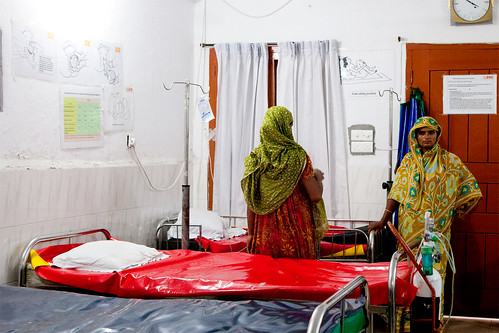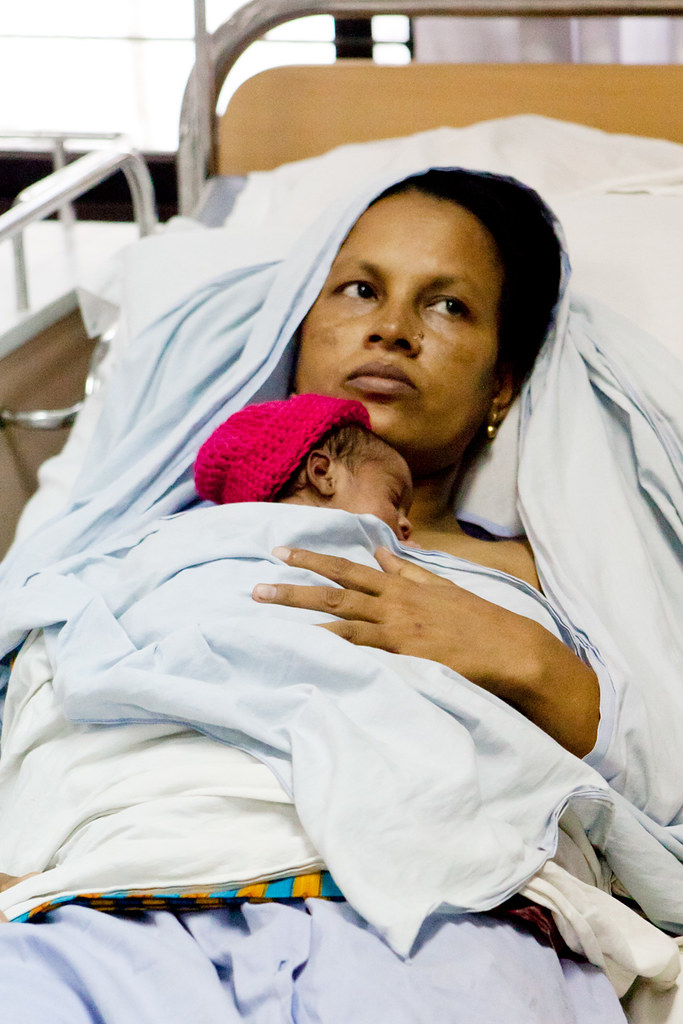
Traveling from a semiarid climate to one as tropical as Bangladesh was obviously a total shock to my system. Not to mention the shock to my hair. Utah killed all the natural curl I once had, but Bangladesh must be some sort of sorcerer because those curls were resurrected! Back from the dead and traveling to the people on the American continent to deliver his message… oh wait. That’s the Book of Mormon. Sorry. I haven’t had my coffee yet.
So my hair was out of control, and I know I joke here quite a bit about how much I look like an eight-year-old boy who just rolled out of bed on Saturday morning. And I even mentioned this to our group, that I may be a very confusing sight to the residents of Bangladesh. But on the fourth day of our trip I entered the lobby of our hotel with My Hair and a brightly striped long-sleeve shirt clinging to my curve-less body, and the photographer was like YOU SO WEREN’T KIDDING.
Thanks a lot, JOSH. Listen. You are not allowed to make fun of women who look like eight-year-old boys unless you are a woman who looks like an eight-year-old boy.
That day we were headed out to a subdistrict called Matlab to see the unbelievable work of the ICDDR, B who have implemented a package of interventions in maternal health with amazing results. First we had to drive an hour and a half in traffic to the Meghna River, one of three that forms the Ganges Delta, the largest on earth fanning out to the Bay of Bengal. And then we divided into two groups and headed out on small boats. And it was incredible.
Because not only were we out of the traffic and densely packed city, but we also got to see the country expand out before us, glorious and humble in equal parts. We waved and caught smiles from fishermen who passed by. We saw groups of boys playing soccer on the banks. We saw children swimming in the mid-day heat, women washing clothes in the water just steps from their homes.
The simplicity was a refreshing contrast to everything I had seen or felt up to that point.
The ICDDR, B originally focused on cholera (it’s widely held that cholera has its origins in the Ganges Delta), but their work has expanded over the years to include issues such as maternal health and HIV/AIDS. What they’ve been doing in Matlab has helped decrease the maternal mortality rate significantly, and we got to see firsthand what techniques they’re using.
First we met with a field worker whose job it is to track the wellbeing of every household in her region, and she happened to be making a house call to a woman in need of a pregnancy test. This field worker keeps track of all the information she collects on a mobile device which keeps physical paperwork to a minimum.
The woman awaiting the pregnancy test had a boy who observed quietly, oblivious to the fact that in the next eight or so months he’d have a sibling, one whose chances of surviving childbirth have been greatly increased.
Women who do become pregnant receive prenatal care in what’s called a sub-center facility (there are more than three dozen in Matlab), and the one we toured was, relative to some of the facilities we’d seen earlier in the week, in superb condition.
Women give birth in these sub-center facilities, but we also witnessed a group in the process of learning Home Based Life Saving Birth Skills from a midwife just in case of emergency.
Once a baby is born a community worker will visit the mother and child for the next 28 days before assigning her to a fixed site center near her home for further care. Also, it’s at these fixed site centers that babies receive life-saving vaccinations.
This baby is actually awaiting a vaccination…
…from this woman who has been running a fixed care facility for over 35 years.
Our final stop was back at the main hospital run by the ICDDR, B, and it really was one of the most encouraging things we saw on the whole trip: babies receiving care days after birth…
… a woman in active labor with access to a doctor and clean facilities…
… and finally what’s called a Kangaroo Care ward. I hadn’t even realized up to this point that the concept of a NICU doesn’t really exist in Bangladesh. So to mimic the warmth of an incubator, these women give their premature babies skin-to-skin contact until they are out of the woods.
I am writing specifically about this part of our trip because it shows change and progress. Yes, there are still questions as to how to further develop these programs and how to replicate it elsewhere. But when someone ever says that the problem is too big to fix I can point to this and say, not for these women.
And I salute those organizations who are at least trying to fix parts of the problem.


